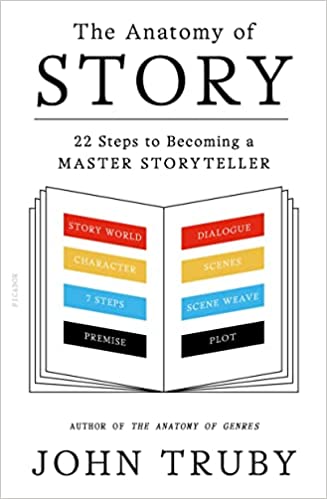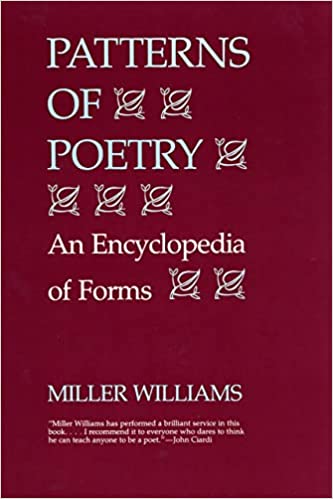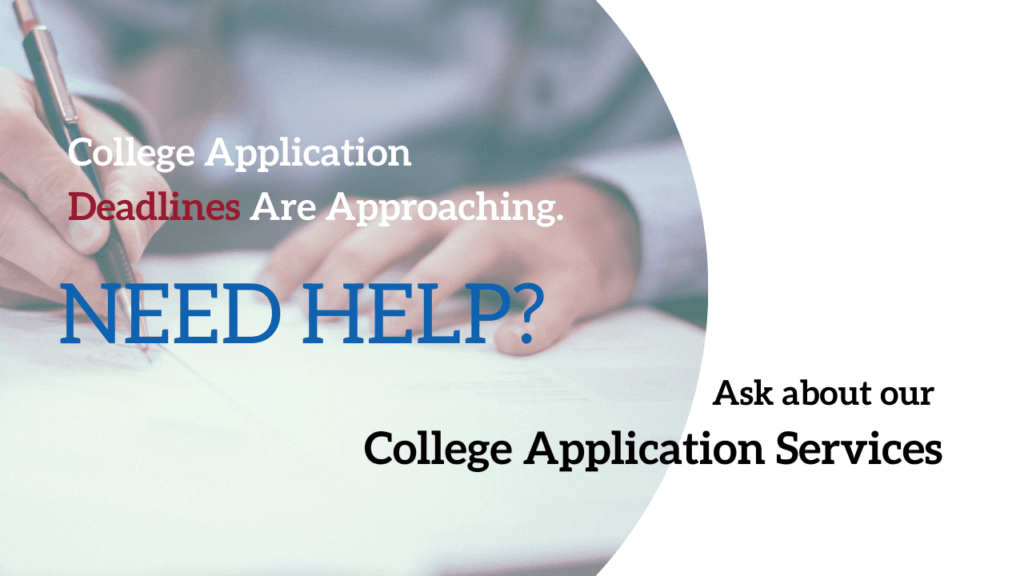5 Summer Book Recommendations For Writers To Work On Your Writing
With summer break on the horizon, here are 5 summer book recommendations for aspiring writers to get to work on your writing.

By JOSH DO

This book by John Truby is a classic resource for all writers, not just aspiring screenwriters. The book breaks down the most key elements of a story, while giving you the tools to organically write your own script or story. John Truby is a trusted consultant in Hollywood, doing work with Disney, Sony, FOX, and HBO.
One lesson that I learned from this book, a lesson that I think about all the time when I am writing fiction, and when I think about the TV characters that I feel most compelled by, is the following:
“A story tracks what a person wants, what he’ll do to get it, and what costs he’ll have to pay along the way”
This comes from the part of the book where Truby talks about the hero’s journey, and how to write nuisance, dynamic characters that people can root for, root against, or do both at the same time.

This book was a bedrock when I first started learning the craft of writing poetry. It provides the definition, structure, and historical context of a lot of traditional poetry forms.
Oftentimes, when I get stuck writing a poem for a while, I turn to different poetry forms to see if new rules and structure will help push the poem to where it needs to go. Though, I don’t believe that you have to be a staunch formalist, or even write in form, this is a good tool to have on your bookshelf just in case you’re reading a poem in an unfamiliar form that you have never seen.
One thing to note is that this book was written in 1986, so the book doesn’t contain some of the more recent poetic forms (like the haibun or the golden shovel), but it definitely demystifies how one can adopt forms (like the sonnet or the sestina) and put your own twist onto the form.
College Admissions Services
Schedule a Free Consultation
Meet with Alex one-on-one via video chat to talk about your son/daughter’s admissions plan. Afterwards, receive a no-obligation Customized College Roadmap (CCR) with advice on courses, extracurricular activities, standardized tests, and Admissions Angle strategy.

For fiction writers who are interested in taking workshops, or getting an MFA in the future, this book can help inspire you to take a more progressive, and proactive, approach to fiction workshopping and fiction writing. Matthew Salesses claps back against the elitist, top-down approach of the Iowa Workshop model; and presents new ways of thinking, writing, and participating in a fiction workshop
One takeaway from reading this book is to understand the importance of audience in writing your fiction. There is the common idea of your “audience” in regards to marketing your book to a particular type of reader, but Salesses challenges you to write towards a more inclusive audience, to see how your own assumptions, or biases, can seep into your characters, that don’t benefit the flow of the story.

This is one of the most current, and contemporary books to help writers learn about forms, writing exercises, and how to think about poetry. The book was co-written by Amorak Huey and W. Todd Kaneko, two writers who do a good job imbuing humor in their work, and the humor helps teach the reader, in this book, about what it means to be a poet in this day and age.
I love the use of contemporary, living poets, as examples in the book. The book includes Aimee Nezhukumatathil, Danez Smith, Tracy K. Smith, Terrance Hayes, and a whole lot more. This book is a great introduction to poetry for anyone who wants to learn at whatever skill level that they come from. Most chapters are 1-2 pages, making it easier to learn different elements of poetry in a bite-sized manner, and I love the writing prompts that they include at the end of each chapter.

In this book, the editors compile examples of stories, poems, and other literary texts that don’t easily fall into one particular genre of writing. This is a really cool book to learn about how contemporary writers today are breaking, reshaping, and forming new modes of writing. The 8 hybrid genres that the book breaks down are: lyric essay, epistolary, poetic memoir, prose poetry, performative, short-form nonfiction, flash fiction, and pictures made of words.
In an age where genres become fluid and poets are writing novels (see: Ocean Vuong’s On Earth We’re Briefly Gorgeous) and we are obsessed with the multiverse; to able to be creative, unique, and weird in your work can go a long way to make your writing different and stand out. This book is a great study in how to embrace beyond the constraints of genre, and I love that the book compiles different essays, from different living writers, for each particular hybrid genre.
If you are serious about honing your writing craft, then picking up any of these books can help you. A writer’s greatest tool is their ability to read, read, and read more. Even if there are only 2-3 lessons that you really take from one of these books, those lessons could impact how you write for the rest of your career.

Need Help with College Applications?
Join us in The College Application Lab!
- Online Course that covers everything you need to conquer the FULL college application process
- Major Focus on Personal Statement Essay and Supplemental Essay Archetypes
- Full Walkthroughs for Filling out the Common App, Coalition App, and UC app





